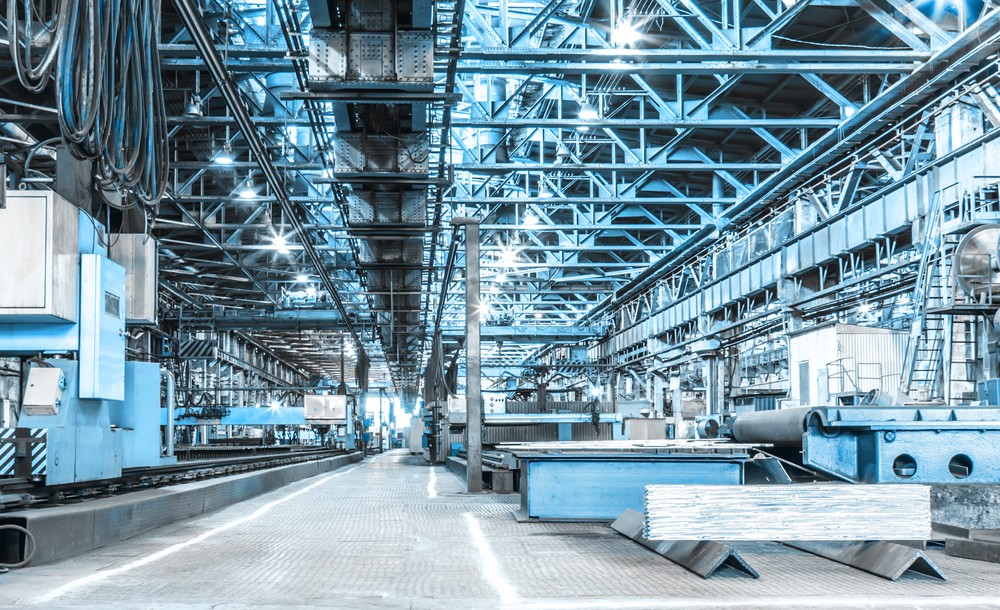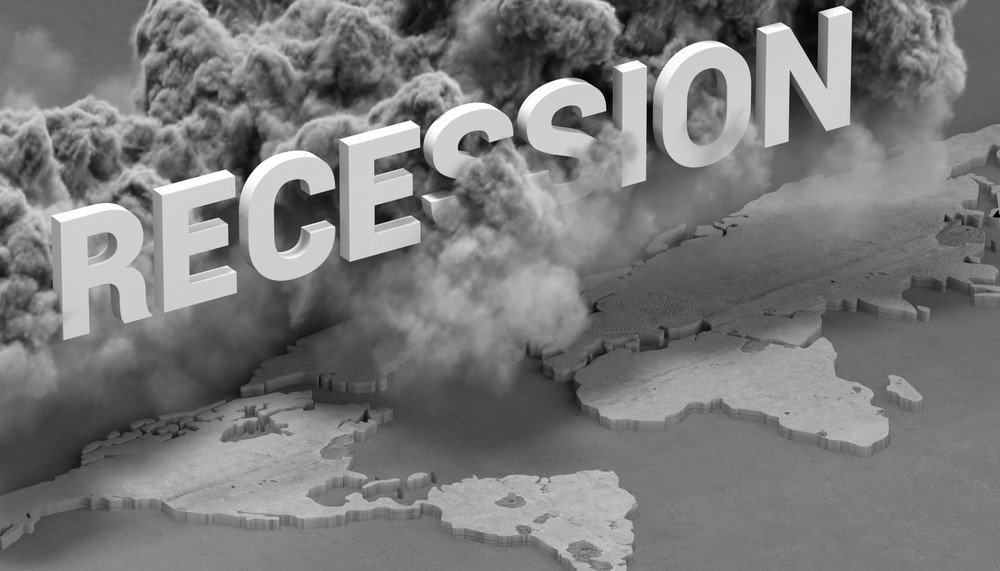September’s Manufacturing ISM Report on Business Shows Slippage

After a brief plateau from July to August, the Manufacturing ISM® Report on Business® resumed its downtrend in September. While the losses are small, they remain steady, hinting at a backslide that could take the manufacturing economy into contraction territory before the end of the year. And while some industry executives are hoping for an end-of-the-year buoy, others are battening down the hatches for what could be the start of a recession in 2023. The ISM report tells the tale.
Breaking down the ISM Report
The September 2022 ISM® Report on Business® points to several (developing) negative trends in the manufacturing industry, which have the potential to spell trouble for the economy at large. Three of the report’s 10 metrics have fallen into contraction territory, with several more trending precariously close to breaking the threshold.
In September, manufacturers reported a significant contraction in both new orders (-4.2) and employment (-5.5). These losses erase gains from the past several months, including employment, which promised to be a bright spot headed into the back half of the year. Supplier deliveries also stumbled (-2.7), alongside order backlogs (-2.1). Exports fell (-1.6) while imports were relatively flat, suggesting broader stagnation in the market.
It’s growing difficult to be optimistic about the trajectory of the manufacturing economy in 2022. While prices remain stable and inventories are strong, there’s simply too much turbulence for comfort.

Manufacturing is slipping, at home and abroad
Manufacturing executives are concerned about the state of not only the U.S. manufacturing economy, but also the global economy. According to one expert in the Chemical Products sector, “concerns of global economic slowdown are growing, and [we are] experiencing some customers pulling back orders.” This sentiment is shared by numerous producers.
While the U.S. manufacturing sector continues to expand according to the PMI®, it’s doing so at the lowest rate since the pandemic recovery began. September indicates a shift in outlook as companies adjust to the potential decrease in future demand. A pullback in October is likely to officially trigger contraction. If that happens, it would join the Global Manufacturing PMI, which has already crossed into contraction territory.
Support is underway for manufacturing
Fears of a looming recession aren’t going unnoticed. U.S. lawmakers have introduced initiatives to provide fast, effective support to manufacturers. The Biden Administration’s recent reinvestment in the “Made in America” initiative supports investment in domestic manufacturing, particularly in the electric vehicle (EV) and green energy sectors. This follows on the heels of the bipartisan infrastructure bill, passed earlier this year.
The recently passed Inflation Reduction Act also includes provisions to help manufacturers retrofit existing facilities and build new ones, while the CHIPS and Science Act allocates critical investment in domestic manufacturing of semiconductors. Support is on the way for many American manufacturers, but it’ll take time to manifest.

Threats of recession loom large
While financial investment is one way to support manufacturers, many are still coping with another challenge: finding good talent. Hiring is a crucial lynchpin for manufacturing and the economy. The industry simply needs more workers. Employers are scrambling to fill more jobs and stabilize supply chains while shifting focus to sourcing parts and goods closer to home. It’s a balance manufacturing leaders need to find, before recession brings industries worldwide to a slowdown.